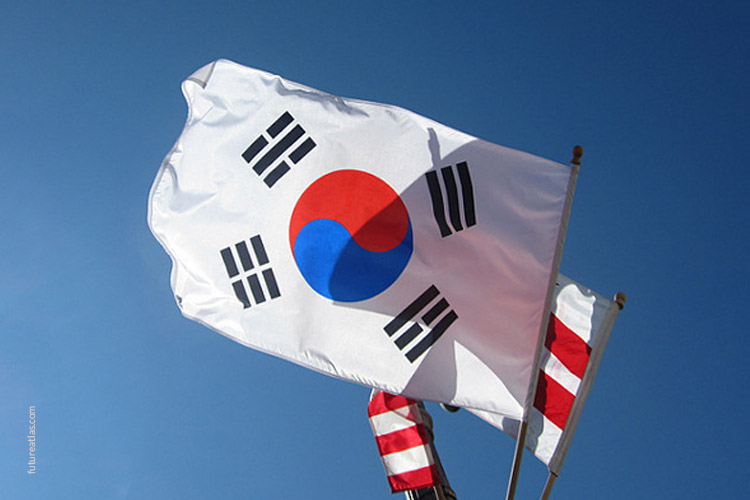Possibly you have heard in various economic, social and educational journals the term "the miracle of Korea" a term that although common for many people very few truly know what is its meaning.
The miracle of Korea refers to the time horizon from the second half of the twentieth century to the current date in which the economic development of the Asian country has been remarkable. As a main fact, we can say that at the end of the 50s, the per capita income of South Korea and Ghana were similar. A decade later, South Korea was considered by many people as a corrupt and unstable country.
Sectors that were not key within the country suffered great external competition and in a few years, the country went from being a model of subsistence agriculture to being an industrial model. In fact, 35% of the goods that were exported were manufactured goods, while in 1995 the figure was already 96.9%. Tariffs were abolished and the economic boom allowed companies to bet on new capital, be more productive and that goods produced in South Korea, had a higher penetration rate in other countries.
The new milestone achieved by South Korea.
Exceeding $ 30,000 would mark a new goal in South Korea's economy. The Asian country exceeded for the first time $ 10,000 in 1994 and $ 20,000 in 2006. Last year, the average per capita income was close to $ 28,000. If this occurs, Korea would overcome the $ 30,000 barrier, overtaking Spain and belonging to a group of countries in this range.
Undoubtedly, the miracle of Korea is an example to study in many business schools and this has motivated many companies, such as
Lamaignere, to have a presence in Korea.
SHARE:

